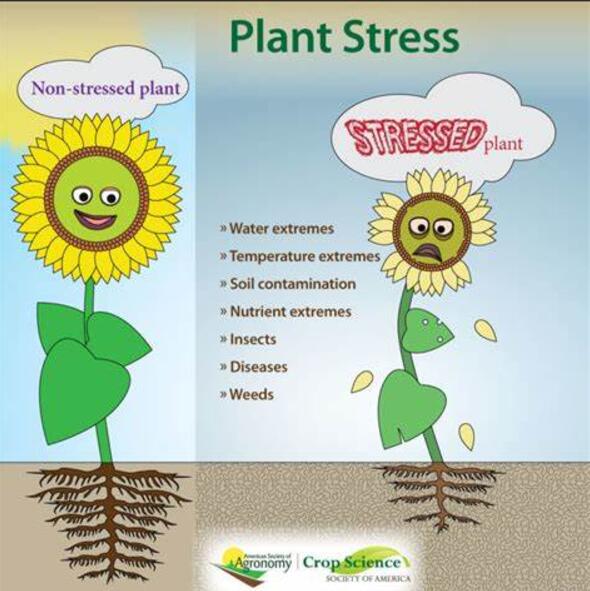Exogenous EBR enhanced heat tolerance in mini Chinese cabbage by regulating ABA accumulation
IF 6.8
Q1 PLANT SCIENCES
引用次数: 0
Abstract
It is unclear whether 24-epibrassinolide (EBR) can improve the heat resistance of mini Chinese cabbage (Brassica pekinensis). Whether abscisic acid (ABA) can be involved in EBR to improve the heat tolerance of mini Chinese cabbage is not clear. Therefore, in this study, mini Chinese cabbage was used as experimental material, and the effects of EBR/ABA and its synthetic inhibitors were studied by applying pharmacological methods to explore the effects of EBR and ABA on improving the heat resistance of mini Chinese cabbage. Our experimental results revealed that EBR pretreatment can reduce reactive oxygen species (ROS) under heat stress, protect the photosynthetic system, and maintain stomatal function, improving the heat resistance of mini Chinese cabbage. It is noteworthy that the application of fluriddone (FDT) or brassinazole (Brz) to EBR or ABA treated mini Chinese cabbage significantly reduced the stability of the membrane system and photosynthetic system. Based on these observations, we speculated that EBR and ABA may have a synergistic effect to jointly promote the heat resistance of mini Chinese cabbage. Transcriptome result showed that EBR pretreatment significantly increased the relative expression levels of BrNCED3 and BrPYL genes, and decreased the relative expression levels of BrCYP707A1 genes. These results suggested that EBR activates downstream signaling pathways by promoting ABA accumulation under heat stress. In conclusion, exogenous EBR can improve the heat resistance of mini Chinese cabbage by regulating ABA accumulation. This study provides new insights into the potential mechanism of EBR alleviating heat stress in mini Chinese cabbage.

求助全文
约1分钟内获得全文
求助全文
来源期刊

Plant Stress
PLANT SCIENCES-
CiteScore
5.20
自引率
8.00%
发文量
76
审稿时长
63 days
期刊介绍:
The journal Plant Stress deals with plant (or other photoautotrophs, such as algae, cyanobacteria and lichens) responses to abiotic and biotic stress factors that can result in limited growth and productivity. Such responses can be analyzed and described at a physiological, biochemical and molecular level. Experimental approaches/technologies aiming to improve growth and productivity with a potential for downstream validation under stress conditions will also be considered. Both fundamental and applied research manuscripts are welcome, provided that clear mechanistic hypotheses are made and descriptive approaches are avoided. In addition, high-quality review articles will also be considered, provided they follow a critical approach and stimulate thought for future research avenues.
Plant Stress welcomes high-quality manuscripts related (but not limited) to interactions between plants and:
Lack of water (drought) and excess (flooding),
Salinity stress,
Elevated temperature and/or low temperature (chilling and freezing),
Hypoxia and/or anoxia,
Mineral nutrient excess and/or deficiency,
Heavy metals and/or metalloids,
Plant priming (chemical, biological, physiological, nanomaterial, biostimulant) approaches for improved stress protection,
Viral, phytoplasma, bacterial and fungal plant-pathogen interactions.
The journal welcomes basic and applied research articles, as well as review articles and short communications. All submitted manuscripts will be subject to a thorough peer-reviewing process.
 求助内容:
求助内容: 应助结果提醒方式:
应助结果提醒方式:


